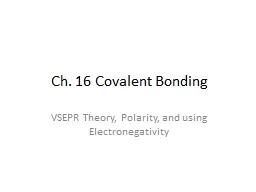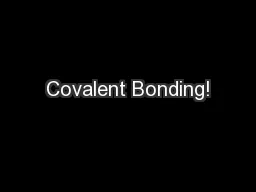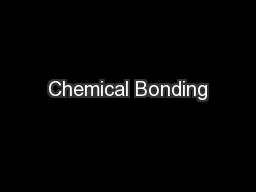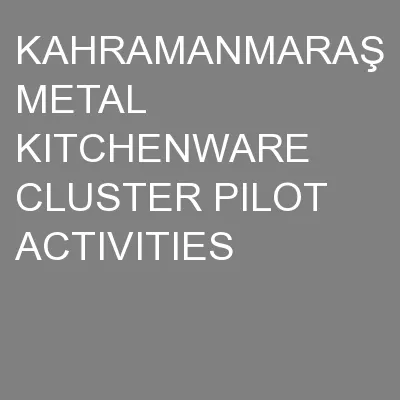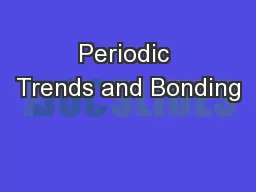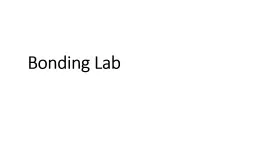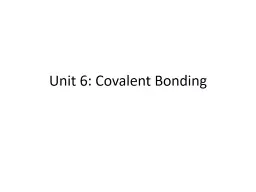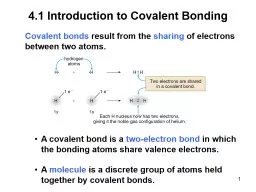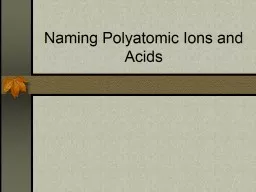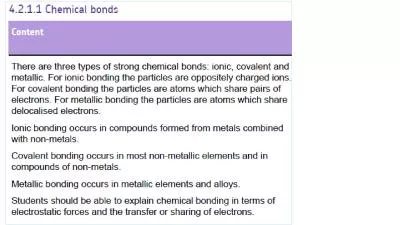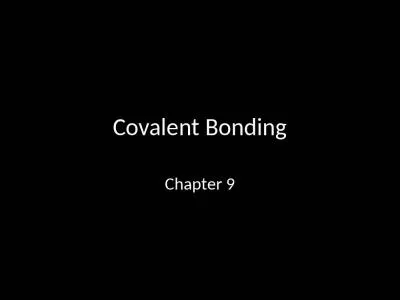PPT-IMPROVING THE HYDROPHOBICITY OF KITCHENWARE THROUGH THE COVALENT BONDING OF PHOSPHONIC
Author : crunchingsubway | Published Date : 2020-06-22
Emily Chen Marcus Elias Jonathan Lin Nathaniel Okun Olabade Omole Matthew Piccolella Suraj Shukla Dominique Voso Jonathan Wu Peter Xiong Tania Yu Advisor Dr Michael
Presentation Embed Code
Download Presentation
Download Presentation The PPT/PDF document "IMPROVING THE HYDROPHOBICITY OF KITCHENW..." is the property of its rightful owner. Permission is granted to download and print the materials on this website for personal, non-commercial use only, and to display it on your personal computer provided you do not modify the materials and that you retain all copyright notices contained in the materials. By downloading content from our website, you accept the terms of this agreement.
IMPROVING THE HYDROPHOBICITY OF KITCHENWARE THROUGH THE COVALENT BONDING OF PHOSPHONIC: Transcript
Download Rules Of Document
"IMPROVING THE HYDROPHOBICITY OF KITCHENWARE THROUGH THE COVALENT BONDING OF PHOSPHONIC"The content belongs to its owner. You may download and print it for personal use, without modification, and keep all copyright notices. By downloading, you agree to these terms.
Related Documents


